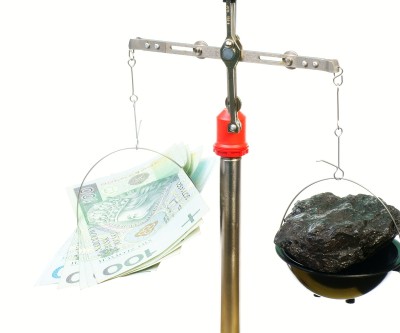
Mining executives have given a clear indication that they plan to slash capital spending and reduce supply in order to improve shareholder returns at the expense of consumers.
The Financial Times reports (paywall) that senior managers meeting at the recent LME Week, the world’s leading mining and metals conference, have given clear signs that they will eschew conventional measures of company health and instead focus on Wall Street’s preferred performance barometers of free cash flow and return on capital employed (ROCE).
The emphasis on returns on capital means mining companies will no longer chase extravagant mega-projects, best embodied by the “bubble charts” which were formerly the mainstay of corporate presentations, and instead produce less in order to charge more.
Miners are pursuing the changes in response to the adverse conditions currently confronting the global resources sector, including ailing commodities prices, convalescing OECD economies and weaker demand from a slowing China.
The move is highly redolent of changes implemented by the oil and gas industry in the late 1990’s, when ROCE was embraced as the core performance metric. Crude oil prices had plunged to three-decade lows of around $8 by 1998, and pressure from Wall Street led to a severe reductions in capital spending and ensuing project cancellations.
By slowing supply growth oil companies were able to push up both prices and profits, bringing benefit to shareholders at the cost of end fuel users.
According to Mark Cutifani, CEO of AngloGold Ashanti (NYSE:AU), the emulation of these measures by miners “will increase the cost [of commodities] to consumers by bringing less supply to the market.”